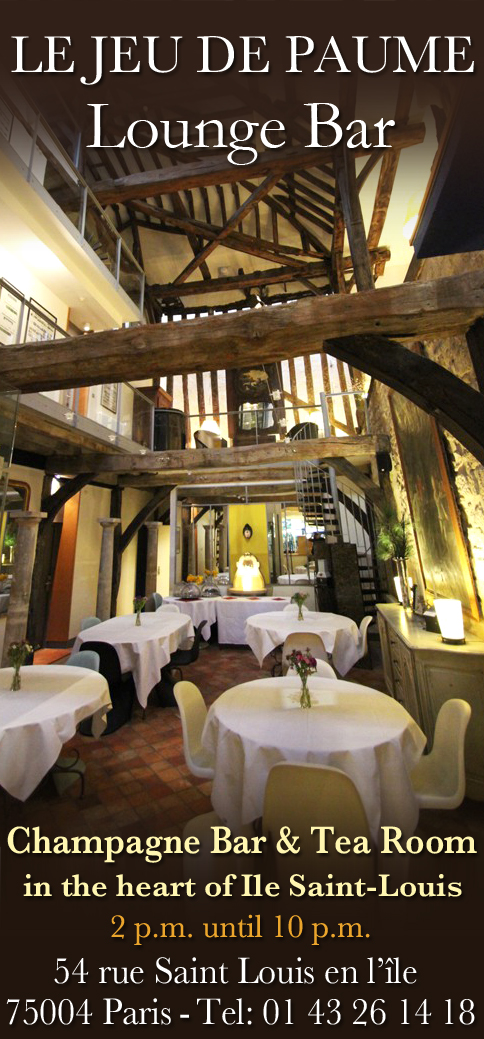Memory of the Shoah
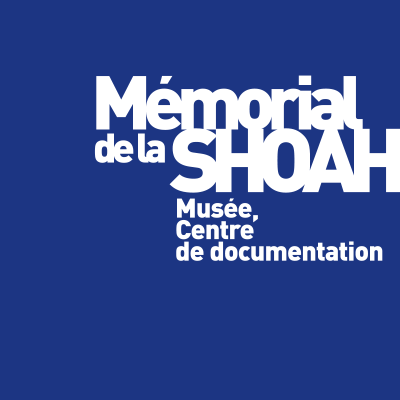 Mémorial de la Shoah
17 Rue Geoffroy l'Asnier, Paris, France
+ 33 (0)1 42 77 44 72
http://www.memorialdelashoah.org/
www.facebook.com/MemorialShoah/?ref=ts
www.youtube.com/user/memorialdelashoah
Mémorial de la Shoah
17 Rue Geoffroy l'Asnier, Paris, France
+ 33 (0)1 42 77 44 72
http://www.memorialdelashoah.org/
www.facebook.com/MemorialShoah/?ref=ts
www.youtube.com/user/memorialdelashoah
The Shoah Memorial originated during the 1945 war, with the creation of an underground archive to collect evidence of the persecution of the Jews. The Centre de documentation Juive Contemporaine was later joined by the Mémorial du Martyr Juif Inconnu. Today, the Memorial is an essential place for the transmission of the memory of the past.
Comprised of three departments, the archives, the photo library and the library, the Shoah Memorial is today the largest documentation center in Europe devoted to the history of the Shoah and the fate of the Jews during the Second World War. Its documentary collection is constantly growing thanks to deposits, donations and purchases. It also manages the archives of organizations, personalities and individuals.
Since its creation in 1943, the Centre de documentation juive contemporaine has been collecting documents bearing witness to the fate of the Jews of France and Europe during the Second World War, and to the history of Jewish communities before and after the Shoah. Today, the CDJC's collection is still enriched by the donation of private archival documents and by the deposit of archives of organizations or personalities who had a link with the history of the victims during the war.
The Memorial of the Martyrs of the Deportation
(1).jpg)
Behind Notre Dame across rue de l’ Archeveché, is Square de l'Ile de France. A small gate on the right side of the Square leads to a memorial to the unknown World War II deportee. Inside are the names of the German death camps where 200,000 French men, women, and children, Jews and Christians, were murdered. As you leave, the French words above the door speak volumes – “Forgive, but do not forget!"
Exit the square, turn right, and walk along rue de la Archeveche to the Pont St. Louis (a foot bridge), which will be on your right. Cross it and you’ll be on the Ile St. Louis, one of Paris’ most charming neighborhoods. This is a good place to stop and just enjoy the city around you, or take a stroll up and down rue St. Louis-en-l’Ile, stop for a snack, or just take in the atmosphere.
Once you have crossed the bridge, bear left onto rue Jean-du-Bellay and continue on as it becomes Pont Louis Phillipe. Walk across the bridge to the other side of the Seine and continue as the street becomes rue du Pont Louis Phillipe. At rue de Hotel de Ville make a right turn, walk one block, and turn left onto rue Geoffrey l’Asnier.
At # 17 is the Memorial of the Unknown Jewish Martyr (Tel: 01-42-77-44-72). This is one of the most moving Jewish sites in Paris. It stands as a memorial to the nearly six million Jews who were murdered by the Germans and their accomplices. Begun in Grenoble during World War II as a means of documenting German atrocities, the museum has been expanded over the years since it was built in 1956 and contains displays of documents and photographs of Nazi camps. The building also houses a library and archives and is a valuable research institution. (Note: at press time the memorial is closed for renovation.
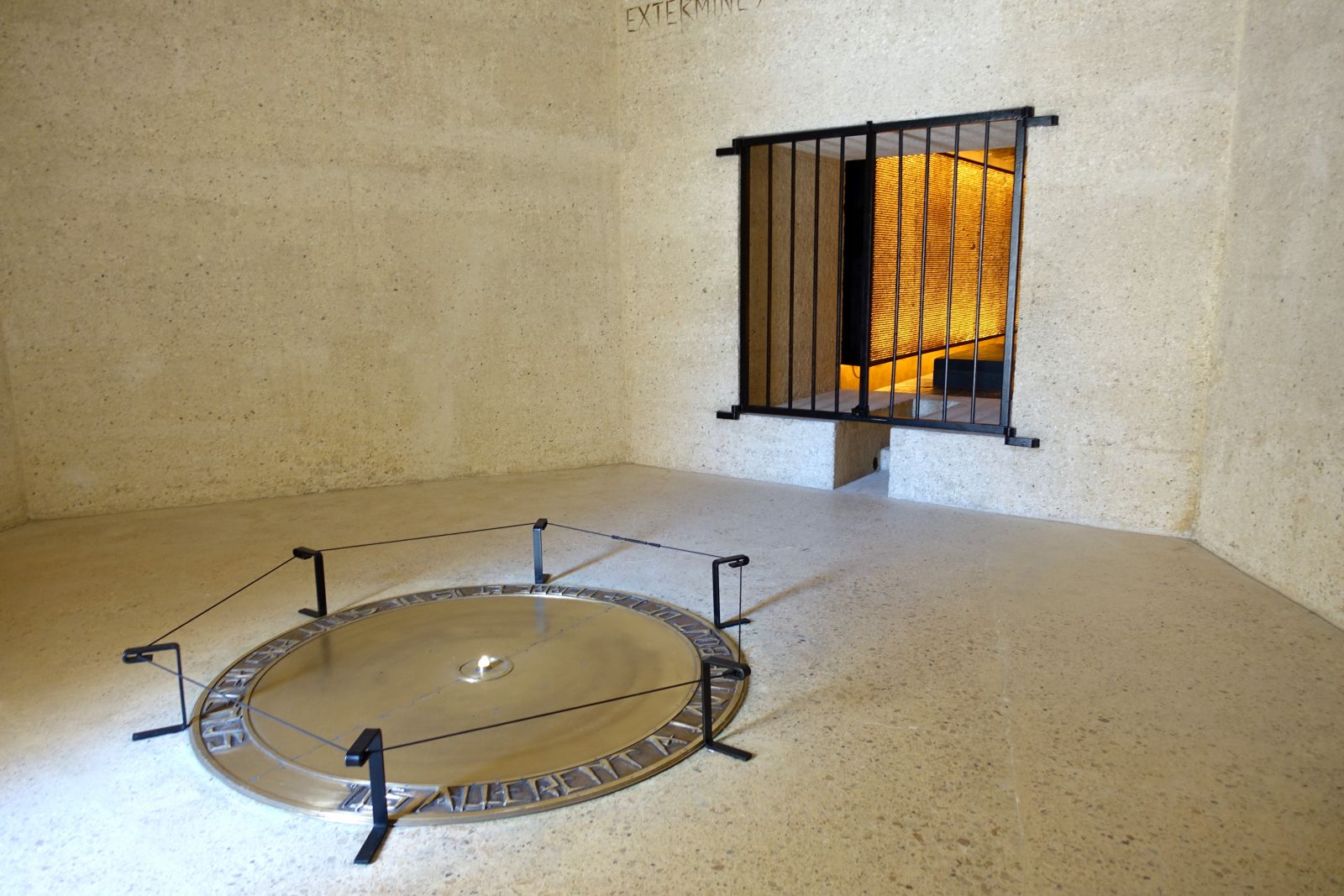
Exit the memorial onto rue Geoffrey l’Asnier and turn left. Walk to the end of the street, turn right onto rue Francois Miron and then left onto rue Tiron. Walk the short distance to rue de Rivoli, cross the street, and turn right until you get to rue Pavee.
THE DARK YEARS: THE ROUNDUP AT THE PARIS WINTER VELODROME.
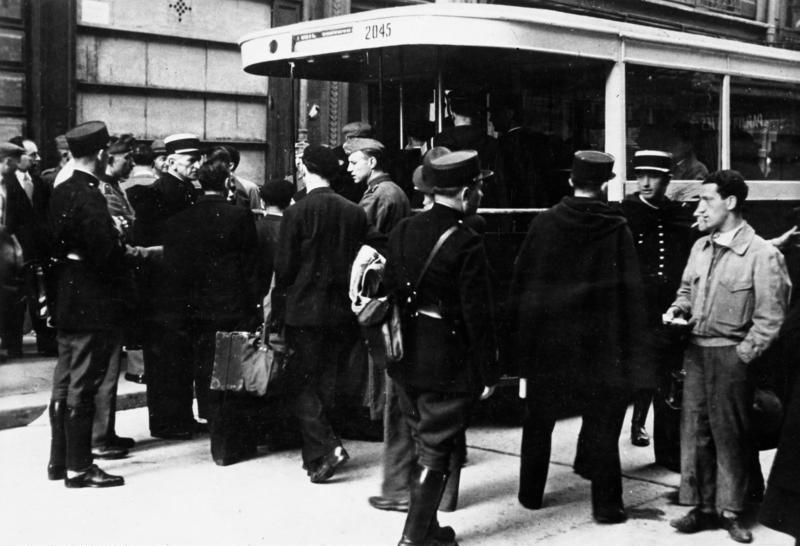
The Roundup in the Marais: Before the beginning of World War II, France was home to approximately 300,000 Jews, 200,000 of whom lived in the heart of the capital. More than half of them were Jews of French origin, while the others came mainly from Central and Eastern Europe: Poland, Russia, Romania and Hungary. The western districts of Paris were home to the most affluent, while the new arrivals tended to settle in the Marais or Belleville. In May and August 1941, with the collaboration of the French police, the Germans organized a roundup of Jews in France and then attacked Jews throughout Europe. The first major roundup took place in May 1941, where foreign Jews over the age of 18 were summoned by the Prefecture of Police for "examination of their situation". These men were eventually interned in camps in the Loiret region, only to be deported to Auschwitz in June 1942.
Then everything happened quickly: on August 20, 1941, the 11th arrondissement was sealed off and a little less than 3,000 French and foreign Jewish men were taken to internment camps in Drancy and in the Loiret. The next day, the same ordeal for the Jewish inhabitants of the 10th, 18th, 19th and 20th arrondissements.
On August 22, the roundup took place in the Marais and other surrounding districts. The other districts of the city were not spared and the day after August 25, approximately 5,784 Jews were arrested.
On July 16 and 17, 1942, the Paris round-up was carried out by thousands of French police officers. More than 13,150 Jews and 4,115 children were arrested with the help of a file listing the city's Jews, this time of all sexes and ages. The police arrived on rue des Rosiers in the Marais, in the grounds of a Jewish school and despite the protest of the teachers, 165 pupils were taken to be executed in the concentration camps. The adults alone were transported to the Drancy internment center in the Seine-Saint-Denis department. During this time, the families (8160 people) arrested throughout Paris, were gathered in the Vélodrome d'Hiver, in the 15th arrondissement, in very precarious conditions, without food and little water, for three to five days. About a hundred prisoners killed themselves. The families were then transferred to the camps of Pithiviers and Beaune-La-Rolande. Parents and children were separated: the parents were the first to be deported and the children were left alone, helpless to face their own fate. Some of them did not survive this terrible ordeal, because of the terrible hygiene conditions. The final decision was the deportation of all these children to the camps of Drancy, then Auschwitz.
The Marais remains one of the Parisian districts where the commemoration to the victims is the strongest with many places paying homage: a commemorative plaque in the rue des Rosiers for the pupils and the teachers of the Jewish school for boys, the memorial of the unknown deportee, near Notre-Dame as well as the memorial of the unknown Jewish martyr attests to the Nazi madness and the round-up which affected the Marais, Paris but also all Europe.
THE ATTACK OF THE RUE DES ROSIERS IN 1982.
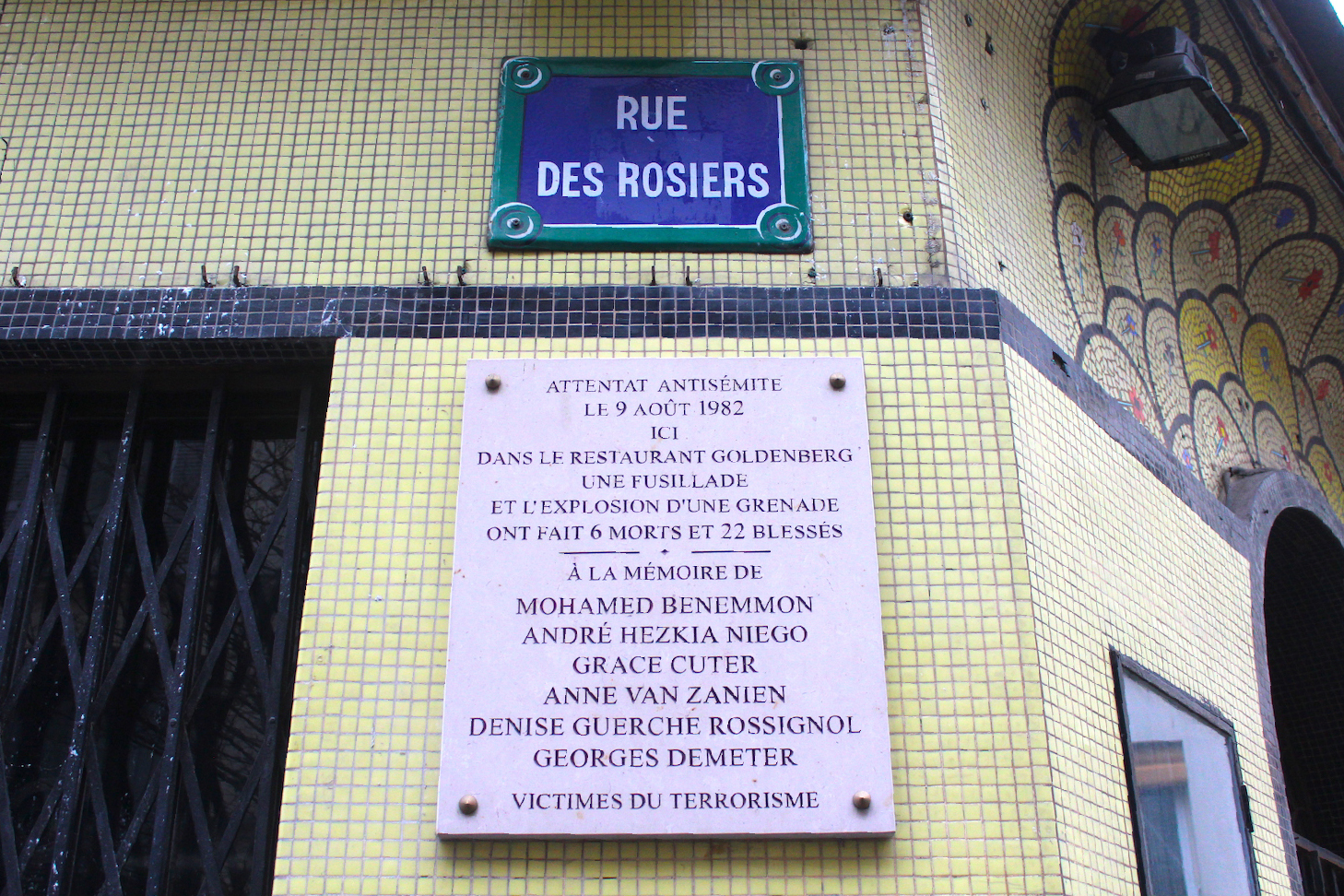
Another anti-Semitic tragedy in the Jewish quarter of the Marais: on August 9, 1982, at about 1:15 p.m., about fifty customers were having lunch at Jo Goldenberg's restaurant on rue des Rosiers. Suddenly, a group of several hooded and armed people burst into the room and targeted the customers with machine guns and grenades. In just a few minutes, the group went on a rampage. The result: 6 dead and 22 injured. The terrorists left on foot, shooting at the crowd, without being caught by the police. Suspicions were raised about an anti-Semitic organization led by Abu Nidal, but the fact that the latter did not claim responsibility for the attack, and even denied any involvement, raised doubts. More than thirty years after the events, the perpetrators have not been arrested. In 2011, two men were identified as the commando responsible for the shooting: two Palestinian refugees in Jordan, who, unable to be extradited, will certainly never be tried for their crimes. The Restaurant Jo Goldenberg was closed for reasons of insalubrity in the 2010s and then transformed into a fashion boutique like most of the authentic stores on Rue des Rosiers.
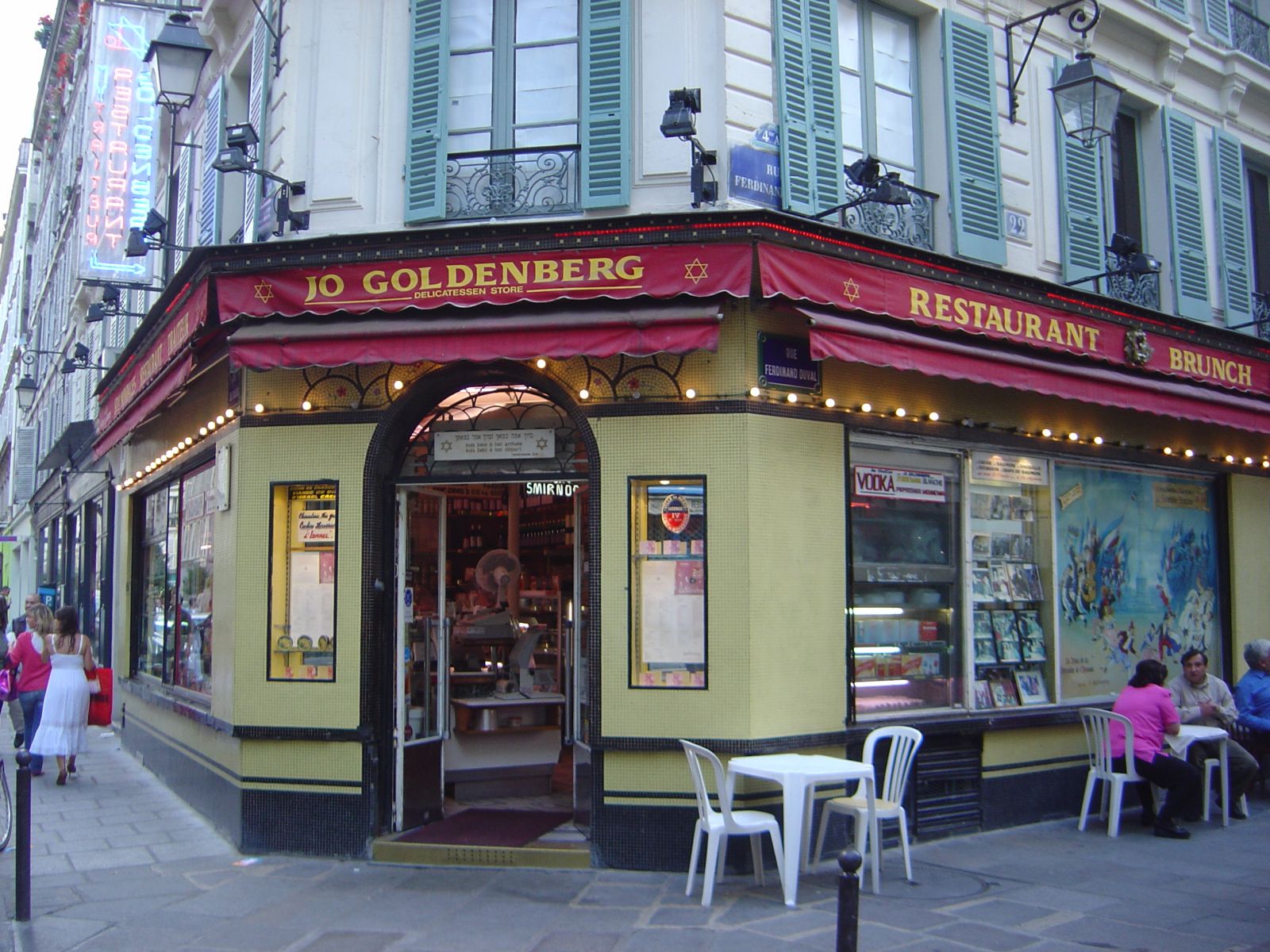
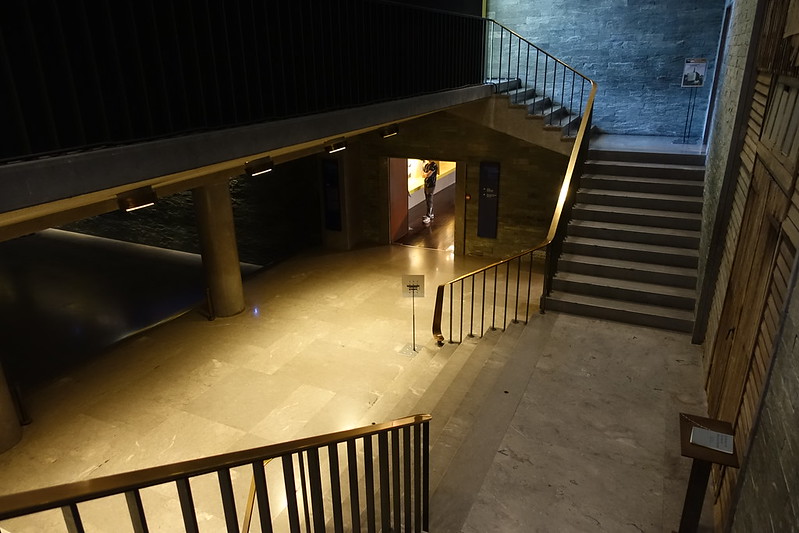
.jpg)
.jpg)
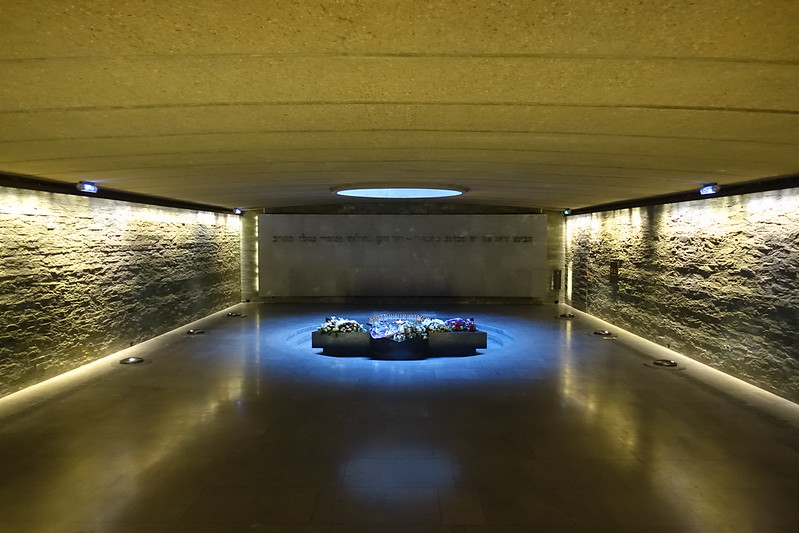
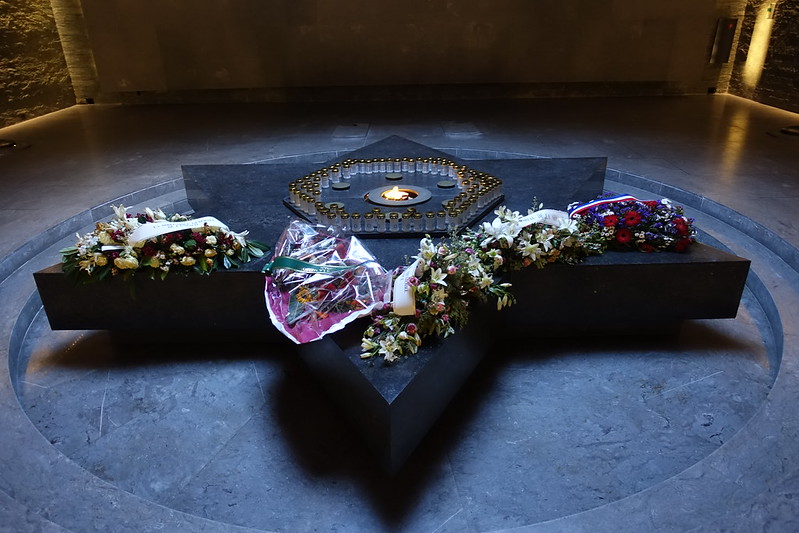
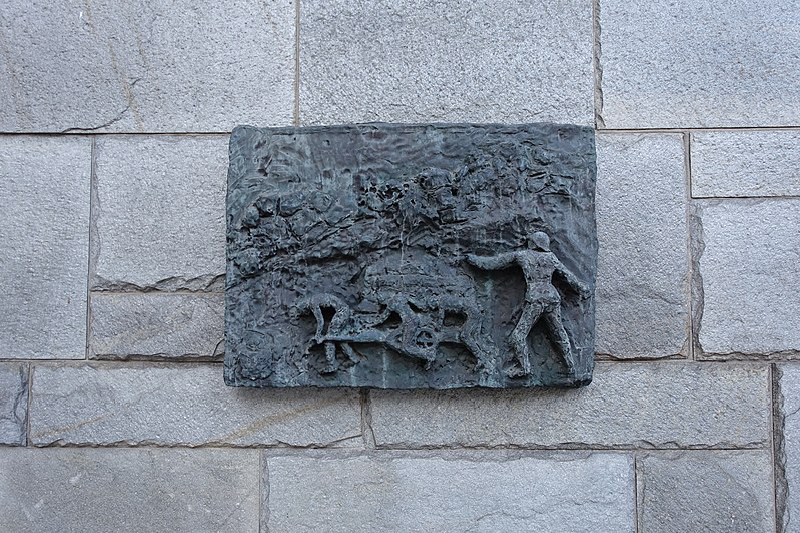
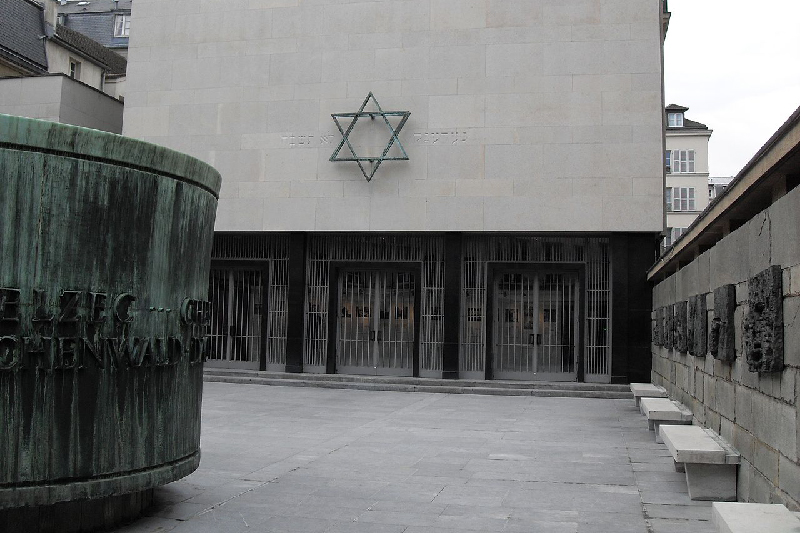
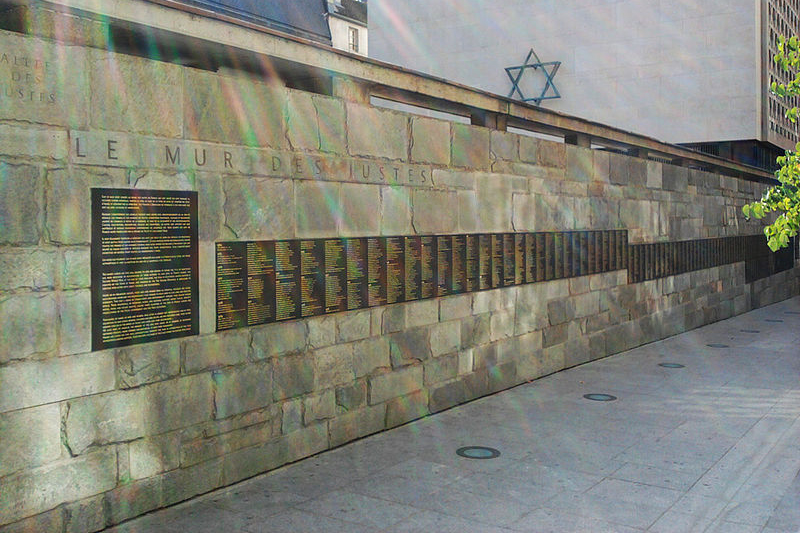
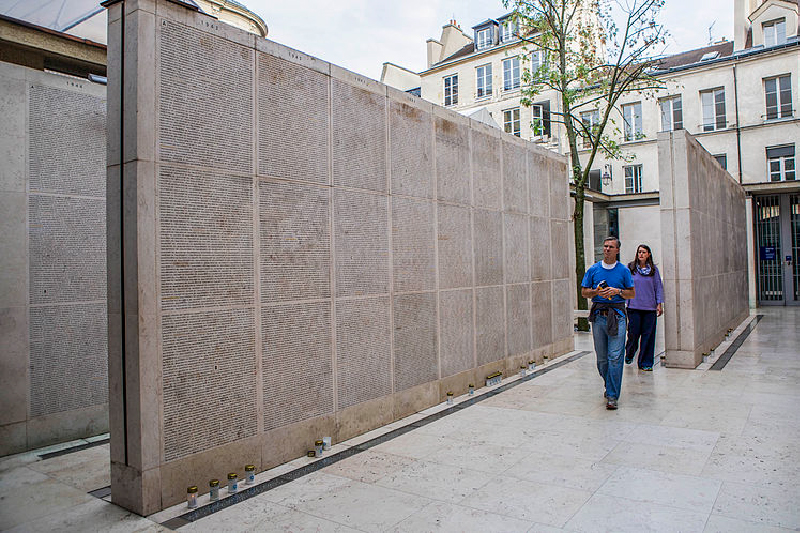
.jpg)
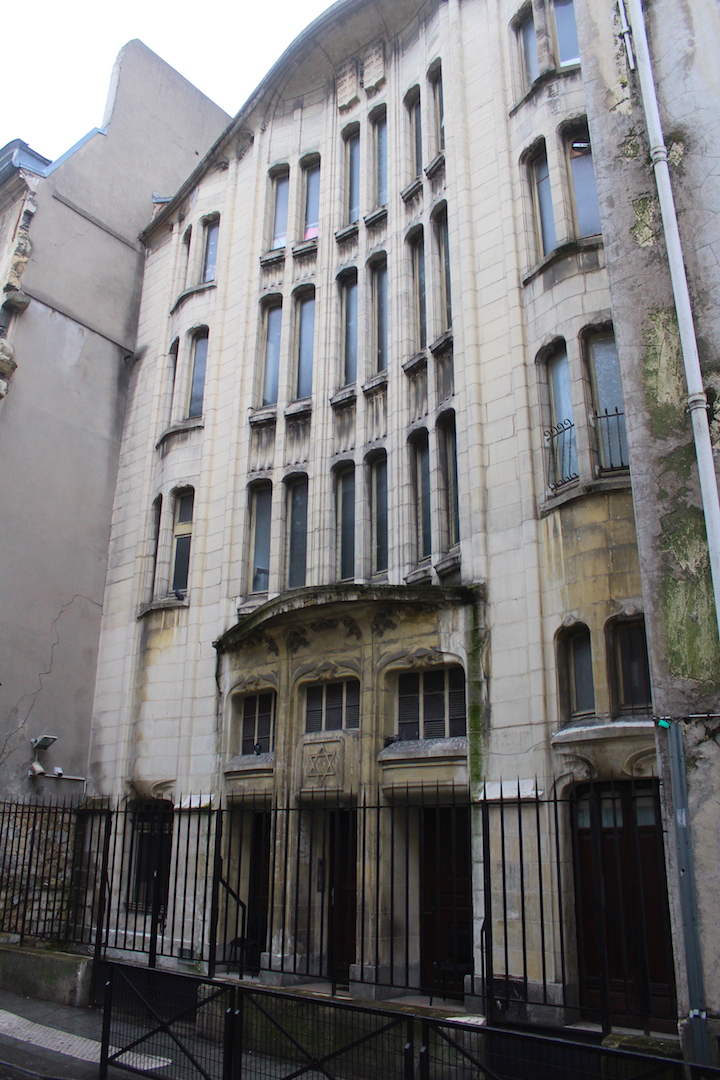
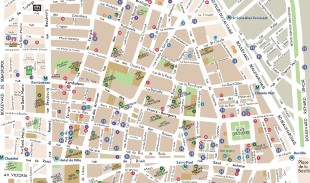
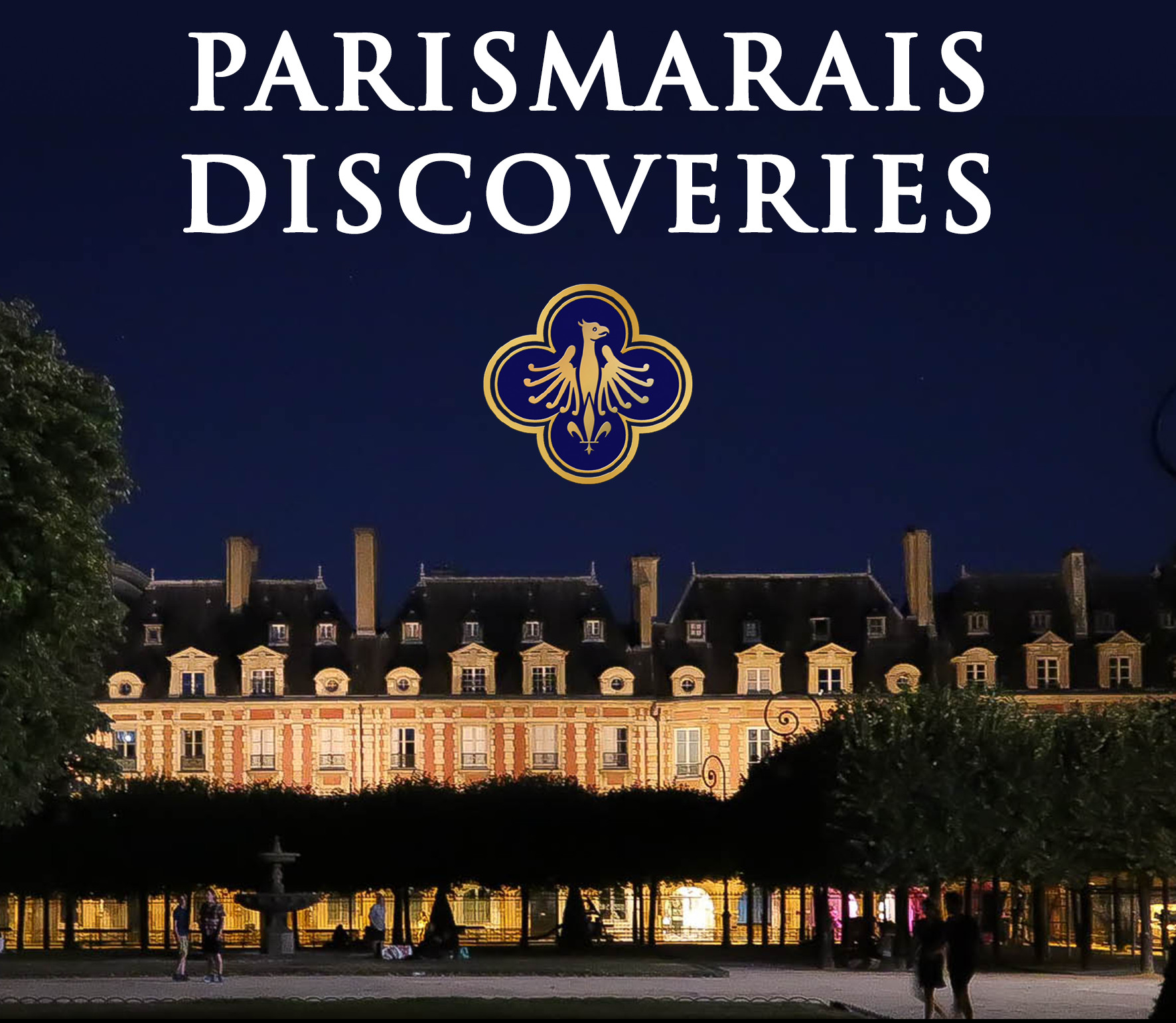

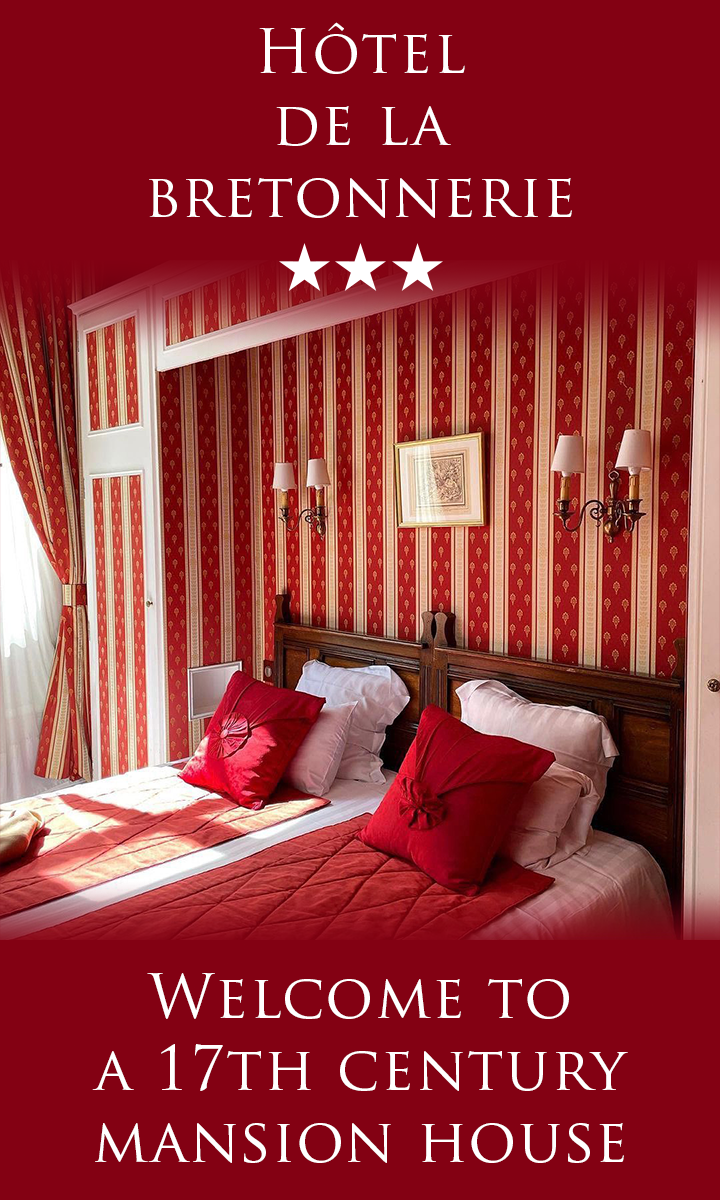
.jpg)
